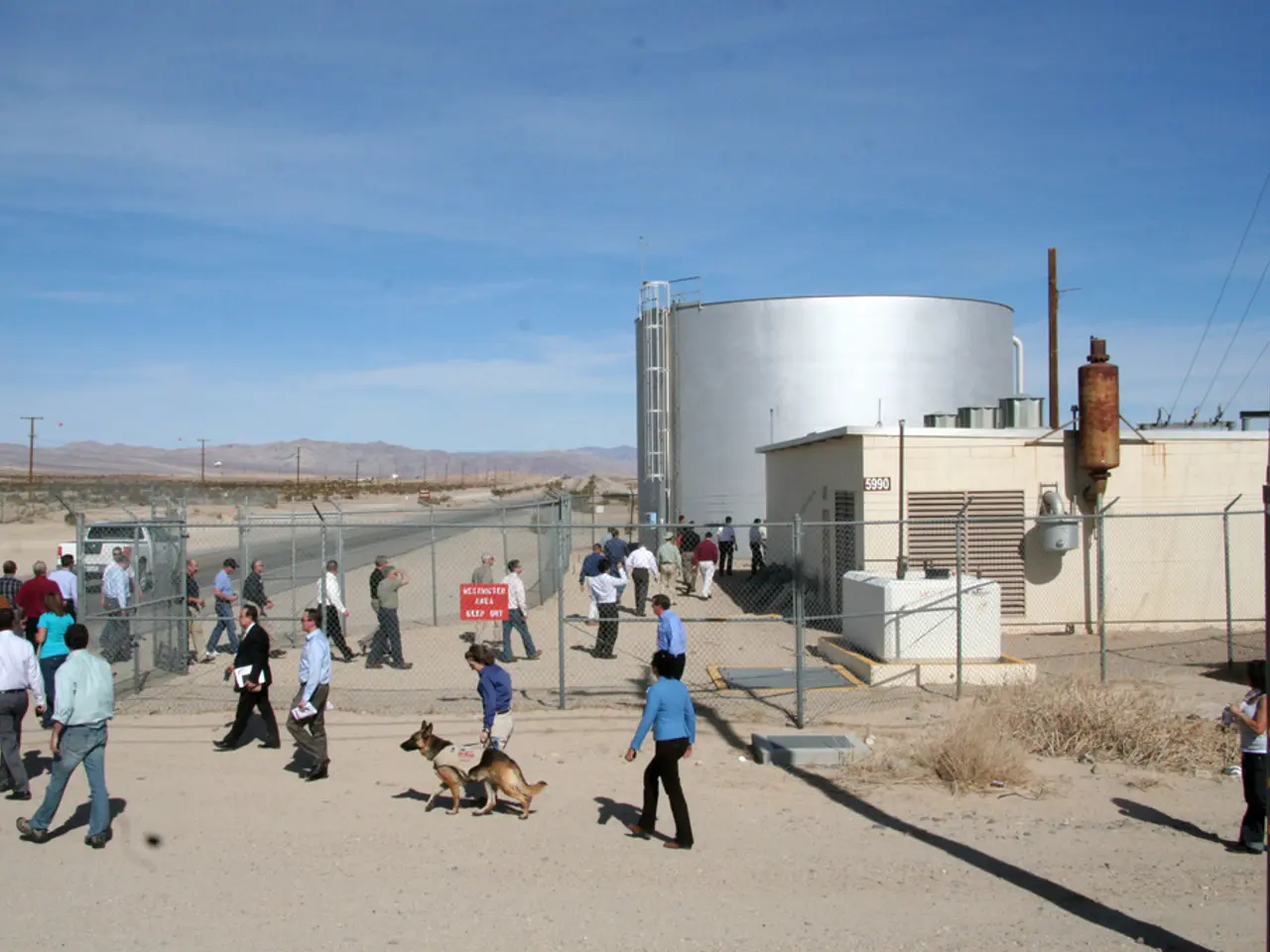U.S. Tourism Industry Faces Potential Loss of $29 Billion Due to Trump's Policies
The U.S. travel industry is currently facing a significant challenge, with international inbound travel decreasing significantly in 2025. According to the World Travel & Tourism Council (WTTC), the U.S. is the only country forecast to see a decline in international visitor spending this year, with a projected loss of $12.5 billion compared to last year.
This decline can be attributed to several significant factors. Political and geopolitical issues have played a major role, with American policies under the Trump administration causing growing discontent in Europe, a major source of tourists. This has led to a "massive travel boycott," especially from Western European countries, resulting in a 17% drop in European visitors as of March 2025.
Fear at the border and complicated or hostile immigration/travel policies have also discouraged visits. Fear at the border and travel warnings have been evidenced by reports of emotional tipping points causing some countries to quietly steer travelers away from the U.S.
Economic concerns have also played a part. Although some travel costs such as airline fares, lodging, and gas have decreased slightly in 2025, economic uncertainty remains strong. More than half of Americans themselves are cutting back on travel due to economy-related worries, and 62% are concerned about international political hostility. Many travelers worldwide are likely influenced by these economic factors, with tourists either postponing trips, choosing lower-cost destinations, or opting for domestic travel over international.
Changing travel preferences have also contributed to the decline. The combination of political backlash, economic uncertainty, and perceived hostility has led to shifts in travel behavior. For example, a significant portion of travelers is opting for domestic destinations within their own countries or choosing driving over flying to reduce costs and avoid uncertainty.
Executives from major hotel and travel companies have noted that Canadians, who made up approximately one-quarter of all foreign travelers to the U.S. in 2024, are still traveling but not to the U.S. The decline in Canadian visitation to the U.S. has been consistent, with double-digit drops in April and March. The decline in international visitor spending from Canada is projected to be 20.2% in 2025, according to Tourism Economics.
Western European visitors are also expected to decrease by 4.9% in 2025, according to Tourism Economics. The American Civil Liberties Union (ACLU) has warned that U.S. Customs and Border Protection agents have searched the electronic devices of U.S. citizens at the border, which may also be deterring some travelers.
The decline in international inbound travel to the U.S. is a significant departure from the original forecast, which projected a 9% increase in 2025. This decline presents a challenge to the U.S. tourism industry and requires thoughtful policy reassessment to regain trust and visitor numbers.
The decline in U.S. inbound tourism can be traced back to political and geopolitical issues, specifically American policies under the Trump administration that sparked growing discontent in Europe, leading to a travel boycott, particularly from Western European countries. Additionally, economic concerns, changing travel preferences, and fear at the border or complex immigration policies have further discouraged international travel, resulting in a significant decline in the U.S. travel industry.




